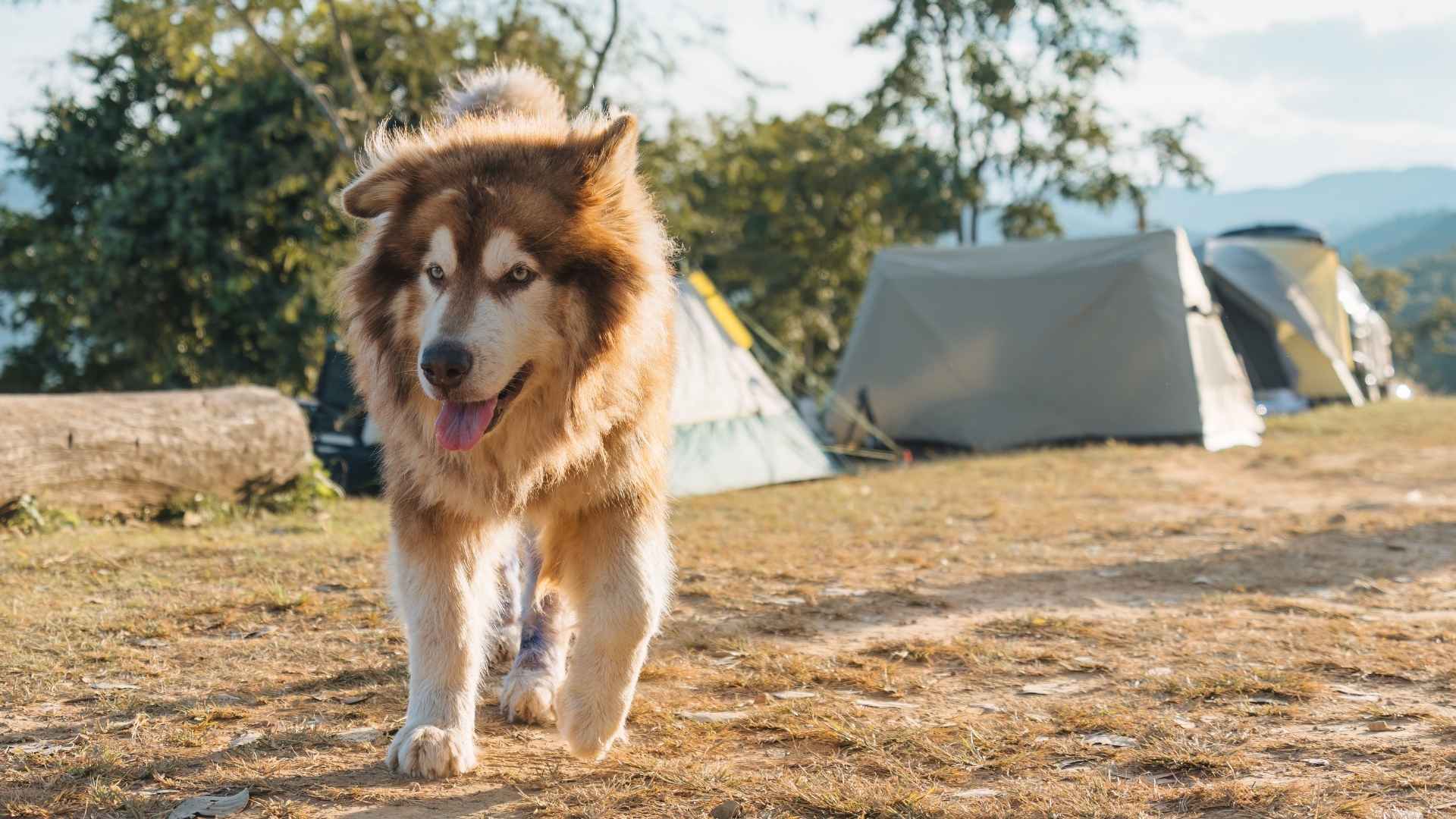If you’ve ever camped in the backcountry, you know the nerves. Every twig snap at night sounds louder. Every rustle makes your heart race. Bears aren’t just a scary thought—they’re a real risk.
That’s why, for generations, people didn’t rely on gear alone. They brought dogs. Not just any dogs, though—dogs with the guts and grit to chase a bear off. These weren’t bark-and-hide types. They were a bark-and-charge. They protected gear, food, and lives.
For anyone who’s ever camped with unease or lived where wildlife isn’t just scenery, the right dog could make all the difference. These breeds knew their job: watch the perimeter, raise the alarm, and if needed, run the bear right out.
In this article, you’ll meet the dog breeds that earned a place in survival stories. The ones who didn’t back down. The ones who kept danger on the other side of the fire.
Dog Breeds That Chased Bears Away From Camps
1. Plott Hound
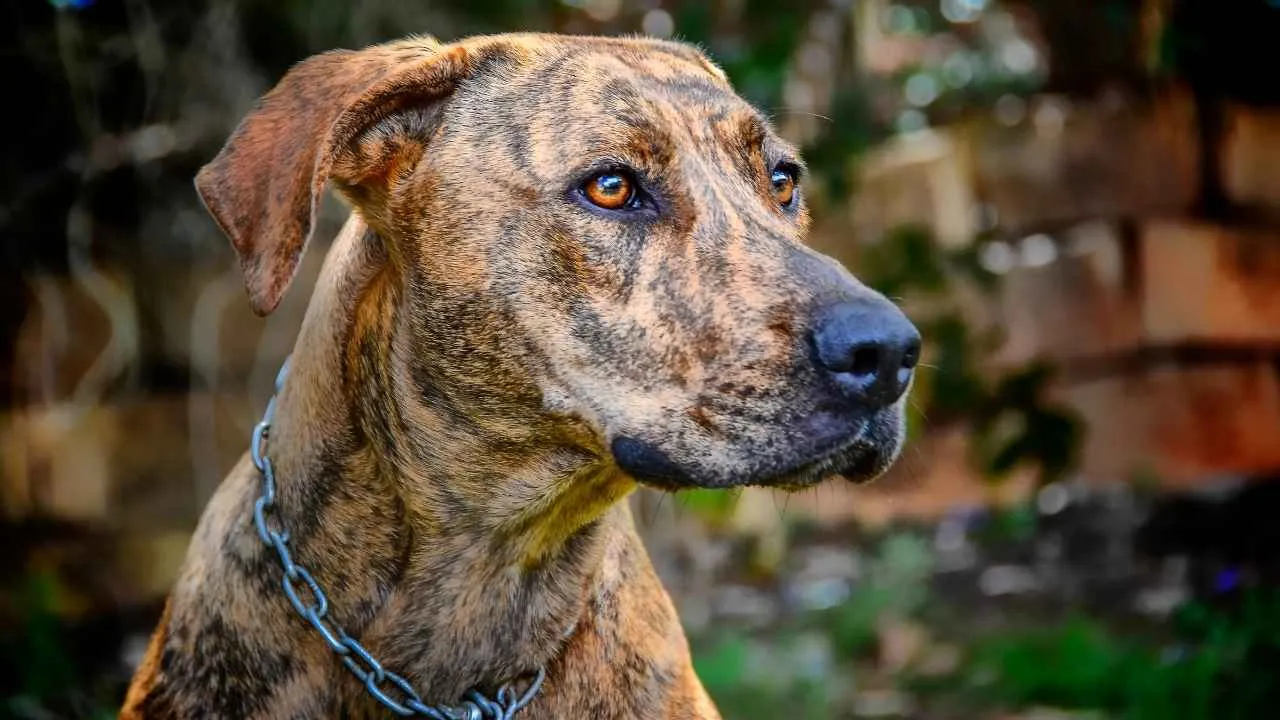
Plott Hounds have an intense prey drive and a long history of tracking large animals through dense, mountainous terrain. Their ability to stay on a scent trail under pressure makes them dependable in bear country. This has led to real cases of them intercepting predators before they reach human sites.
Chase and Pushback Behavior
They’re known to push large canines like black bears away from areas using speed, strategy, and noise. Packs of Plott Hounds have even been used in rural camps to force grizzly bears to retreat. Their deep baying and bold physical posture create disruption and confusion for the intruder.
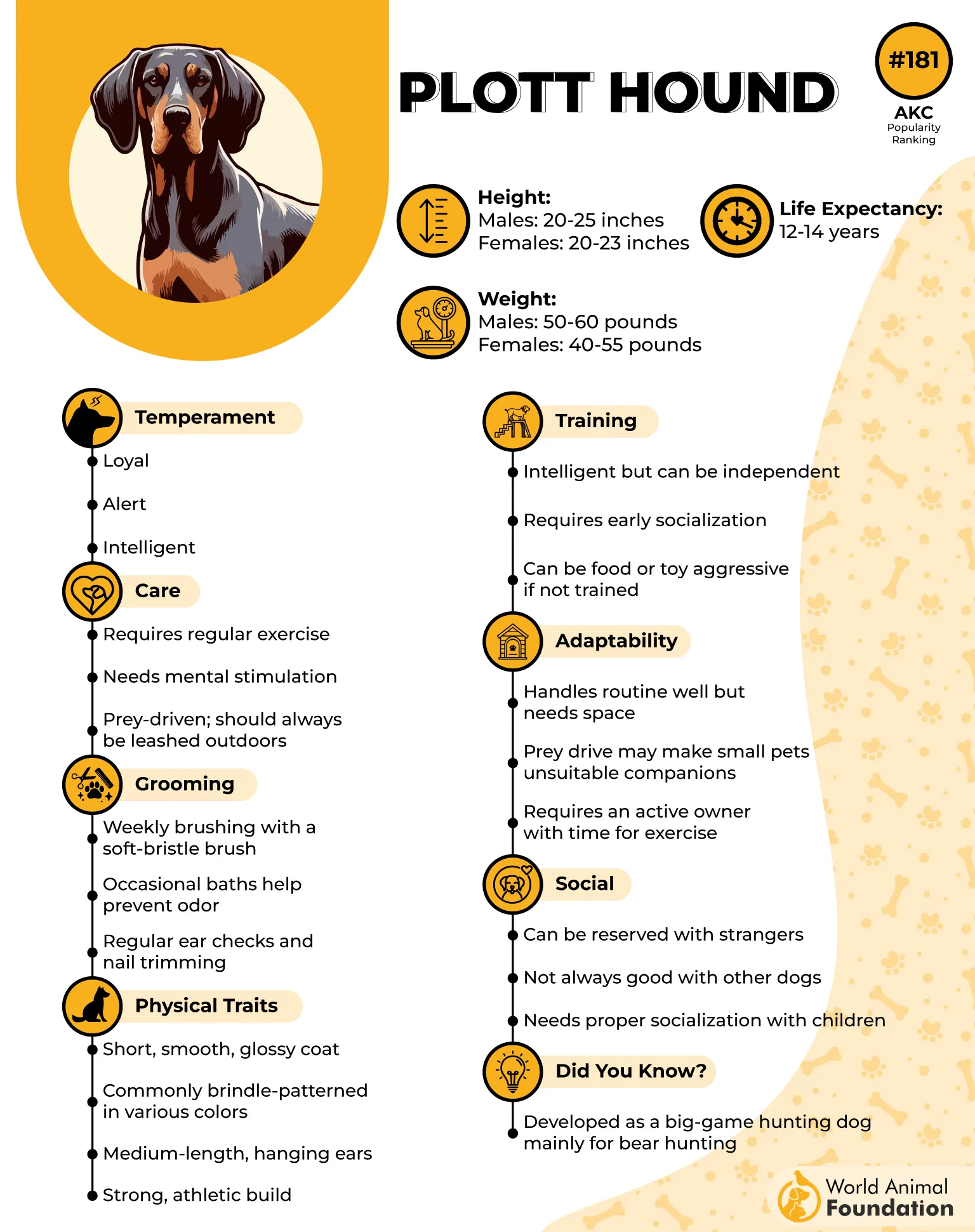
Bold Temperament
These medium to large dogs are confident and direct in conflict situations, which is key in outdoor setups, as per the AKC. They don’t pause when movement is spotted — their instincts move them forward fast. This quick pressure tactic is effective when guarding the outer edge of a camp.
Endurance on Rough Terrain
With muscular limbs and thick pads, Plott Hounds can run across rough forest trails without hesitation. Even in steep or slippery environments, they maintain speed and direction. Their stamina makes them a strong fit for outdoor protection roles near wilderness zones.
2. Karelian Bear Dog
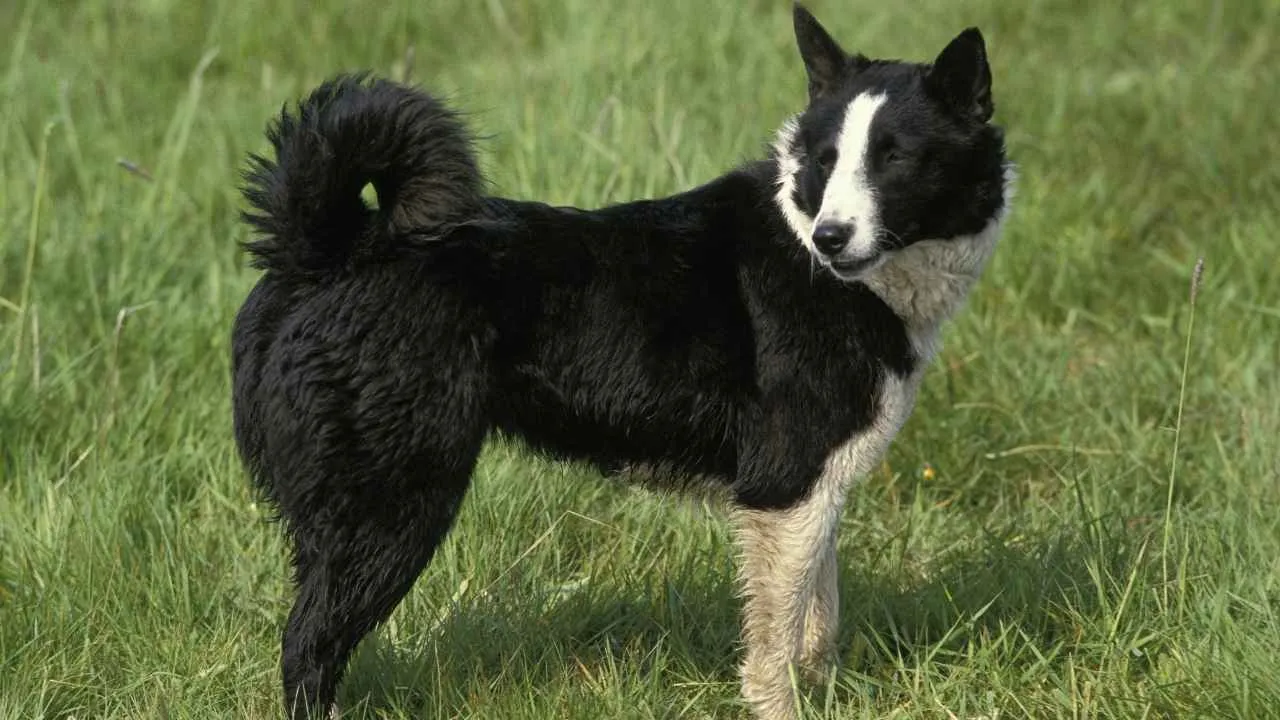
These dogs are highly sensitive to rustling brush, broken twigs, or shifting wind direction. They will track and confront intruders using directional awareness, often before humans notice. This skill is particularly effective at forest camps where early detection matters most.
Known to Disrupt Bear Behavior
When facing a bear, this breed uses bold movement and bark bursts to interrupt its approach. Wildlife services have relied on them to condition bear behavior away from populated zones. Their ability to engage without retreating makes them a rare working dog in predator control.
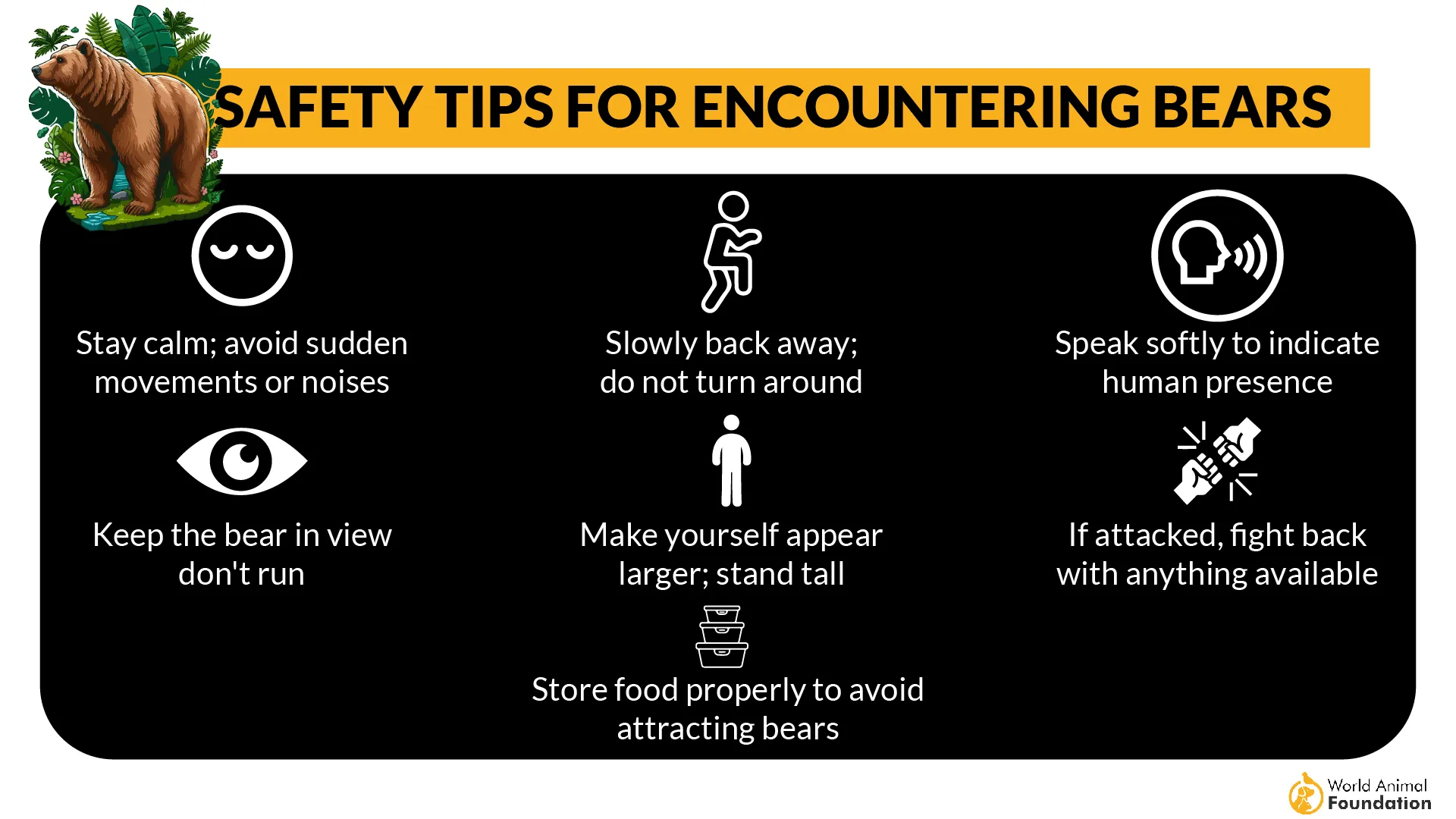
Natural Confidence in Wild Settings
The Karelian Bear Dog operates independently, adjusting its patrols with little supervision, as mentioned in PetMD. It circles outer perimeters and watches for signs of movement in tree lines or slopes. Its courage and judgment keep wild threats outside the core zone of a camp.
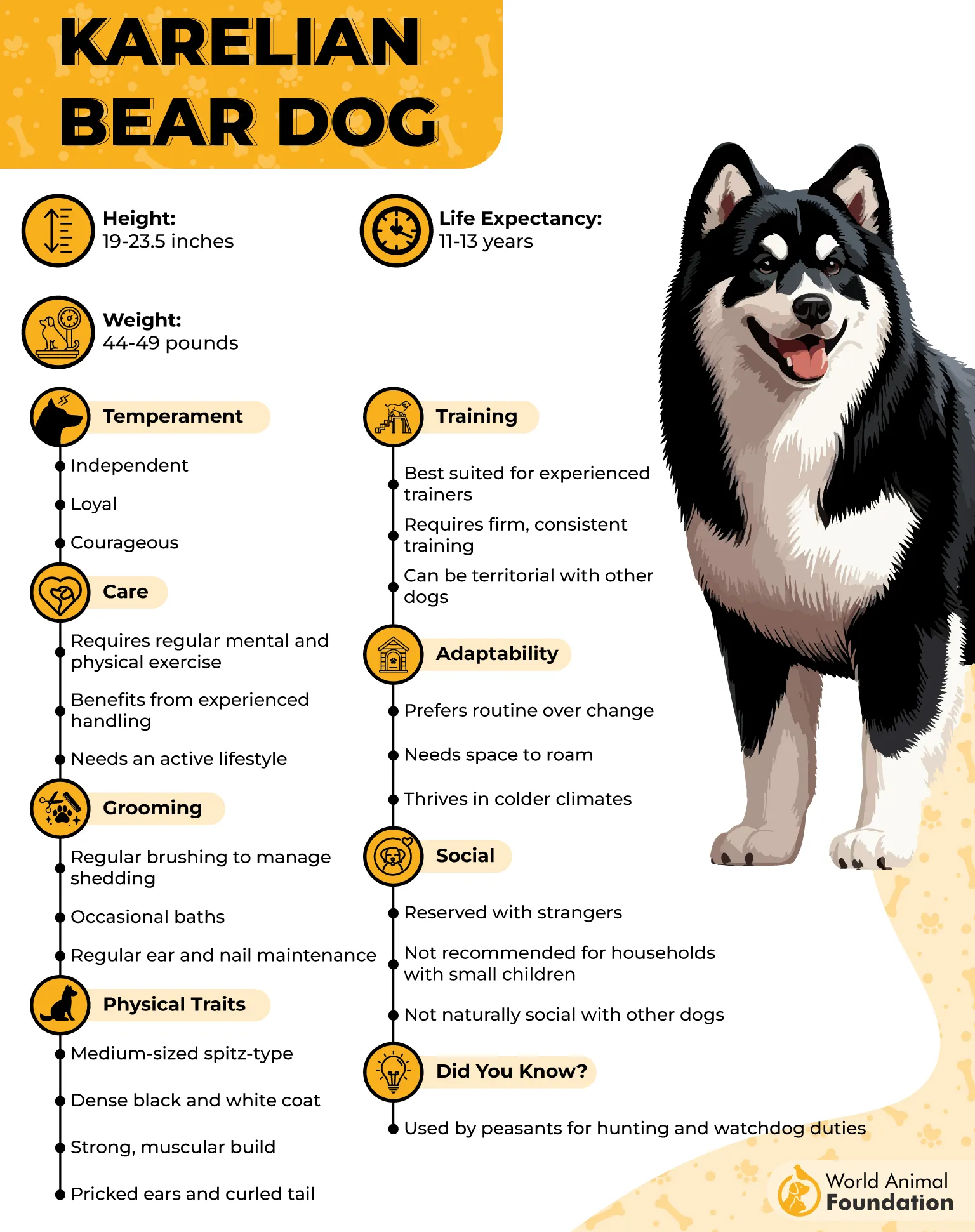
Temperament Outside Work
Although originally bred for bear hunting and defense, the breed is manageable in a home with clear boundaries. While not always suited for every lifestyle, they can be good family dogs when given structure. Their alertness stays active even when off-duty.
3. Treeing Walker Coonhound
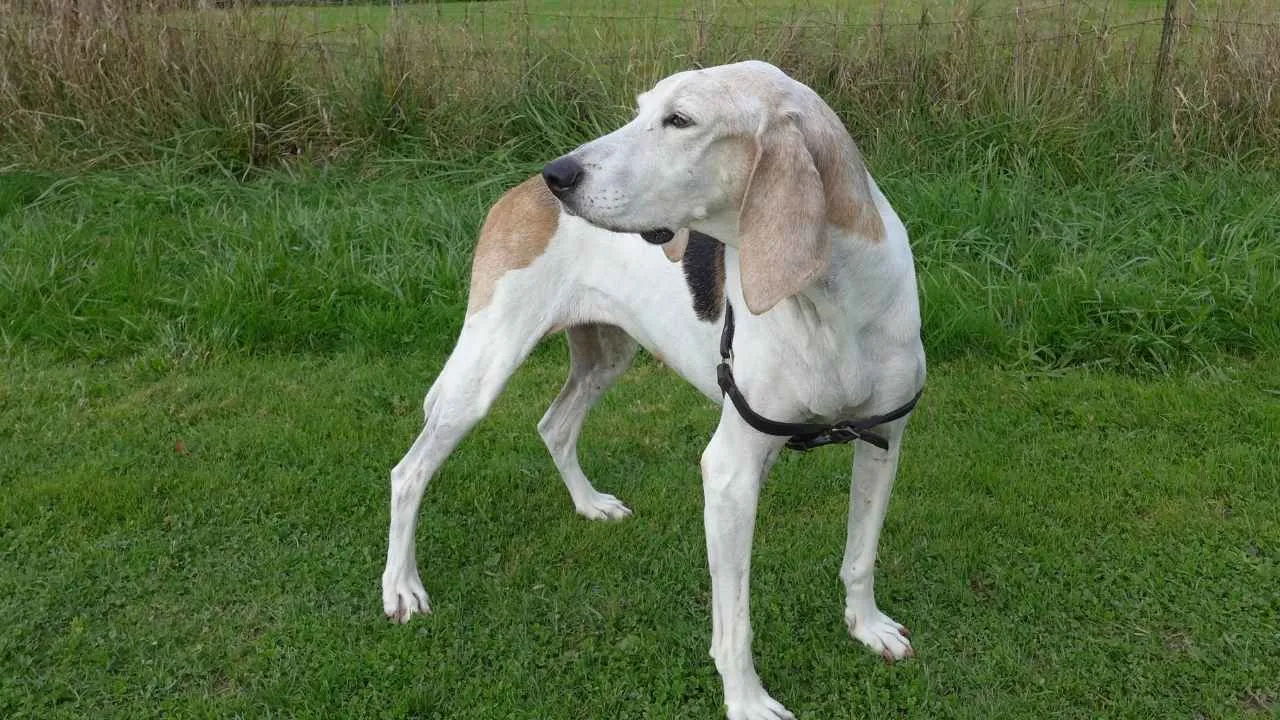
Treeing Walker Coonhounds respond quickly to sudden movement, using both their voice and body to signal danger. Their sharp, musical bay carries across wooded areas and alerts handlers even from afar. When assigned to camp zones, this vocal warning becomes the first layer of defense.
Treeing and Confrontation Instinct
They’re trained to chase and corner large canines by forcing them up trees or pushing them back toward escape paths. In backcountry camps, this instinct has led them to block bear movement before it reaches tents or food stations. These responses work best when they’re allowed room to maneuver.
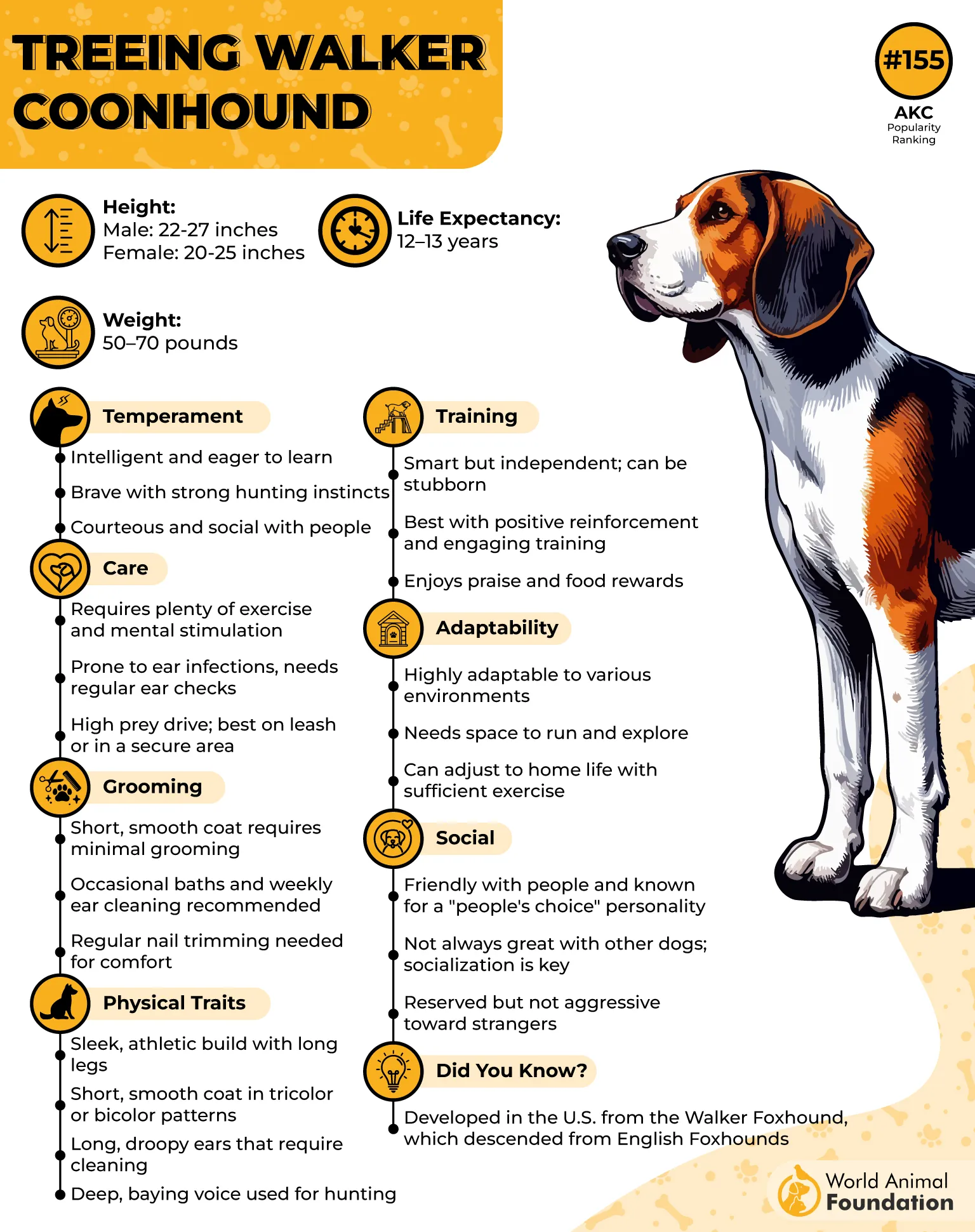
Confidence in High-Stress Moments
This breed doesn’t freeze in difficult encounters and often keeps moving to redirect predator energy away from people. Their drive to protect kicks in immediately when they sense a threat approaching. It’s their pacing and energy that help maintain a safe distance during wildlife encounters.
Endurance and Range Awareness
They can patrol wide spaces, staying alert without tiring easily, especially when conditions are uneven. Their sense of terrain layout allows them to circle back around trouble spots without losing track of paths. This awareness has helped protect outdoor setups during overnight stays.
4. Alaskan Malamute
Known for their raw strength, Malamutes can pull heavy weights while staying balanced on rough snow-packed ground. When confronted by wild animals near camps, they react with force and a stance meant to block further movement. Their size often shifts a predator’s momentum backward.
Pack-Driven Confrontation
They work well in pairs or small groups, surrounding threats to prevent a fast approach. In survival settings, Malamutes have physically clashed with predators and can kill if the threat doesn’t back down. Their behavior leans toward holding ground, not fleeing.
Barrier-Based Territorialism
Malamutes create invisible zones of comfort and become tense when intruders cross them, even in an open yard. This trait becomes more evident in wilderness zones where scent and sound guide their reactions. The pressure they build often discourages a second approach.
Independent Decision-Making
They don’t wait for cues when something seems off — a rustle, a shift in wind, or the sound of paws triggers forward motion. Their head-down body language is often the start of an immediate chase. Even trained puppies begin showing these guarding instincts early.
5. Tibetan Mastiff
This breed holds its ground with unwavering presence, especially when guarding people or territory at night. Its instinct to block paths and position itself between danger and camp areas is sharp and immediate. Even without commands, it stays alert in unfamiliar zones.
Response Without Hesitation
The Tibetan Mastiff doesn’t rely on group behavior or backup when sensing a threat near its space. Once it identifies movement as intrusive, it confronts fast and with full force. This can deter large animals from coming closer, especially in remote mountain setups.
Imposing Physical Build
Its thick mane, large skull, and muscular frame create a natural intimidation factor, even in low light. The breed can weigh over 150 pounds, making its presence hard to ignore. Movement slows around it as predators hesitate before approaching further.
Night Watch Behavior
These dogs are more active during dusk and night, often pacing the outer zone of their camp area. Their low, deliberate bark isn’t for attention but to create pressure. They act without waiting, which gives them an edge in deterring wildlife intrusion.
6. English Coonhound
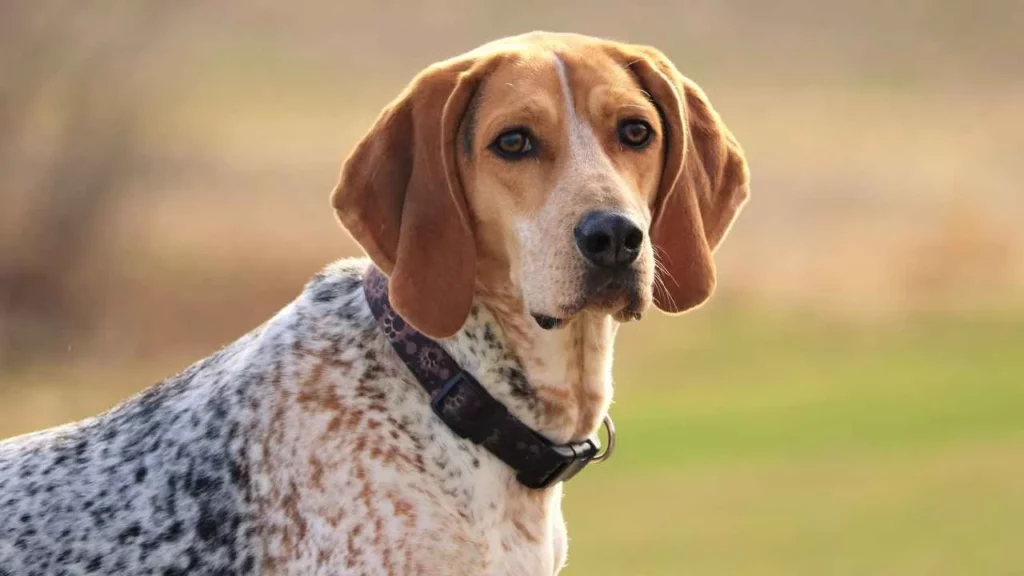
English Coonhounds are built to pursue large canines through thick woods with intensity and focus. Their baying increases as they close in on a scent, alerting handlers from a distance. This natural drive makes them effective in bear-prone zones where early detection is critical.
Noise That Disorients
They use long, echoing vocalizations that grow louder as danger gets closer, often throwing off the predator’s sense of location, as stated in WebMD. This can disrupt a bear’s advance toward camps and redirect its path. Their voice cuts through heavy forest cover, providing an audible warning to humans nearby.
Fast and Focused Movement
Their lean, athletic build allows them to move quickly across rugged and uneven ground. These hounds chase with purpose and don’t easily lose track once locked onto a target. That focused pursuit helps push predators out of occupied areas during campsite alerts.
Campsite Awareness
Coonhounds have a habit of staying alert even when resting, often rising at the smallest sound near camp. Their light sleeping behavior means fewer surprise encounters with wildlife. That awareness, paired with quick reaction time, strengthens their use in outdoor settings.
7. Redbone Coonhound
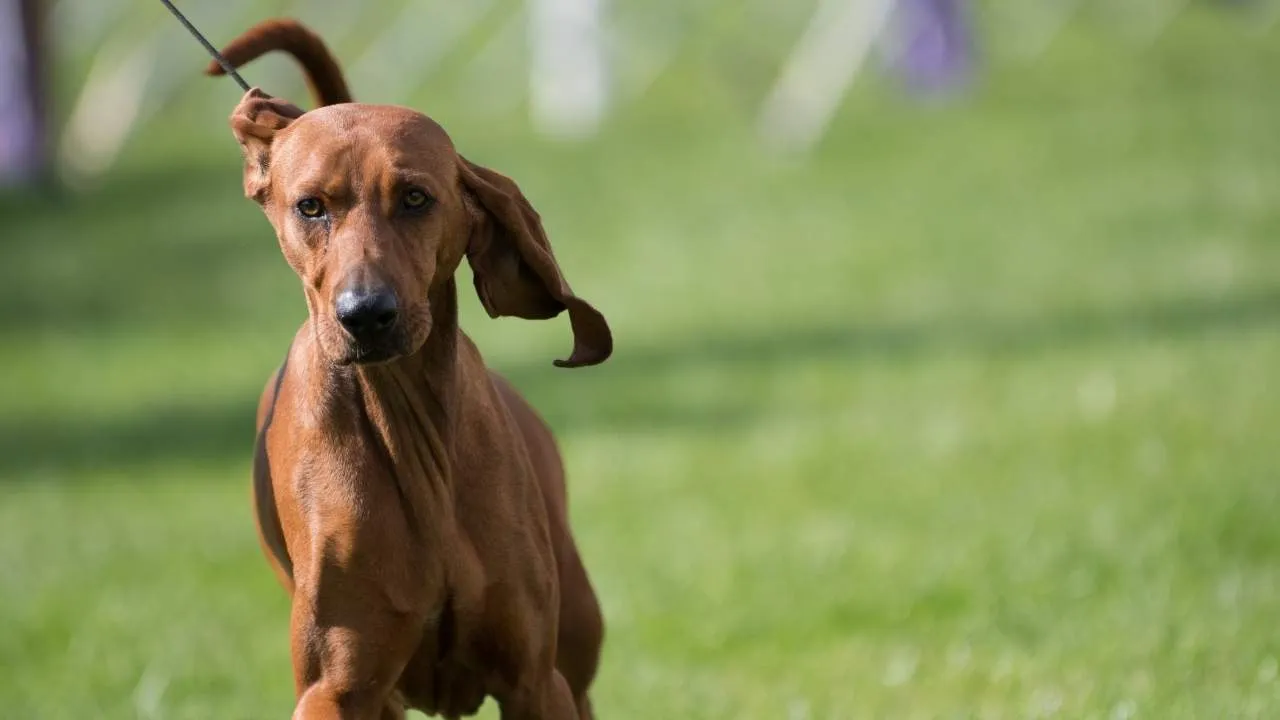
Redbone Coonhounds are known for their high reactivity and speed when something unfamiliar enters their territory. Even in forested camp zones, they can detect motion and pick up trails within seconds. Their sudden vocal outbursts create a wave of warning that reaches far.
Treeing and Pursuit Instinct
Once a target is locked, this breed pushes it toward elevation by chasing and circling until the threat retreats. This “treeing” instinct can disrupt predators before they settle near a site. It gives campers time to clear or secure the area during bear movement.
Sound That Travels
The breed’s distinct baying is sharp and loud, traveling long distances through woods or valleys. In remote camps, this trait alerts both humans and other dogs quickly. It also disorients animals that rely on silence to move in, triggering retreat behavior.
Movement Across Harsh Terrain
Redbone Coonhounds have tough pads, clean strides, and a low body roll, making them efficient across uneven trails. They can run with balance in muddy, rocky, or wet areas for extended periods. Their physical rhythm is reliable even during high-speed chases.
Conclusion
Most people see dogs as companions. But in the wild, it’s a different story. Some breeds weren’t just pets—they were protectors. They knew when to stand, when to bark, and when to fight.
These weren’t dogs that backed down. They were the best dogs for real danger. They helped hunt bears, face off with mountain lions, and guard camps where no fences existed. Even today, these breeds treat territory like something sacred.
If a threat came near, they pushed it back. That’s what made them more than pets. It’s what made them legendary. These dogs didn’t run. They ran things.


